Health and Wellness Trends
Health and wellness trends are increasingly influencing consumer behavior, thereby impacting the Home Water Filtration Unit Market. As individuals become more health-conscious, the demand for clean and safe drinking water intensifies. Consumers are now more informed about the potential health risks associated with contaminated water, leading to a surge in the adoption of home filtration systems. Market data suggests that the health and wellness sector is projected to grow significantly, with water filtration being a key component of this trend. The Home Water Filtration Unit Market is likely to see a rise in sales as consumers prioritize their health and seek out products that promote well-being. This trend may encourage manufacturers to innovate and market their products as essential tools for maintaining a healthy lifestyle, further driving market growth.
Increasing Water Contamination Concerns
The rising concerns regarding water contamination are driving the Home Water Filtration Unit Market. As urbanization progresses, the quality of water sources is often compromised due to industrial waste and agricultural runoff. Reports indicate that nearly 80% of the world's population lives in areas where water is potentially unsafe for consumption. This alarming statistic propels consumers to seek reliable filtration solutions to ensure safe drinking water. The Home Water Filtration Unit Market is witnessing a surge in demand as households prioritize health and safety. Furthermore, regulatory bodies are increasingly emphasizing the need for clean water, which may lead to stricter standards and further boost the market. As awareness grows, consumers are likely to invest in filtration systems that promise purity and safety, thereby enhancing the market's growth trajectory.
Rising Disposable Income and Urbanization
Rising disposable income and urbanization are pivotal factors propelling the Home Water Filtration Unit Market. As urban areas expand, the demand for clean and safe drinking water becomes more pronounced. Households with higher disposable incomes are more inclined to invest in home filtration systems, viewing them as essential appliances rather than luxuries. Market analysis indicates that regions experiencing rapid urban growth are witnessing a corresponding increase in filtration unit sales. This trend is particularly evident in emerging economies, where urbanization is coupled with a burgeoning middle class. The Home Water Filtration Unit Market is likely to benefit from this demographic shift, as more consumers seek reliable solutions for their water needs. Consequently, manufacturers may focus on developing affordable yet effective filtration options to cater to this expanding market segment.
Technological Advancements in Filtration Systems
Technological advancements are significantly influencing the Home Water Filtration Unit Market. Innovations such as reverse osmosis, UV purification, and multi-stage filtration systems are becoming more prevalent. These technologies not only improve the efficiency of water purification but also enhance user convenience. For instance, the introduction of smart filtration systems that monitor water quality in real-time is gaining traction among tech-savvy consumers. Market data suggests that the adoption of advanced filtration technologies is expected to increase by approximately 15% over the next five years. This trend indicates a shift towards more sophisticated solutions that cater to the evolving needs of consumers. As manufacturers continue to innovate, the Home Water Filtration Unit Market is likely to expand, offering a diverse range of products that appeal to various consumer preferences.
Growing Awareness of Environmental Sustainability
The growing awareness of environmental sustainability is shaping the Home Water Filtration Unit Market. Consumers are increasingly recognizing the environmental impact of bottled water and single-use plastics, leading to a shift towards sustainable alternatives. The filtration unit market is benefiting from this trend as more households opt for filtration systems that reduce plastic waste. Data indicates that the market for home filtration units is projected to grow by 10% annually, driven by eco-conscious consumers. Additionally, manufacturers are responding by developing eco-friendly products that utilize sustainable materials and energy-efficient technologies. This alignment with sustainability goals not only attracts environmentally aware consumers but also positions the Home Water Filtration Unit Market favorably in a competitive landscape. As sustainability becomes a priority, the demand for filtration systems that align with these values is likely to increase.


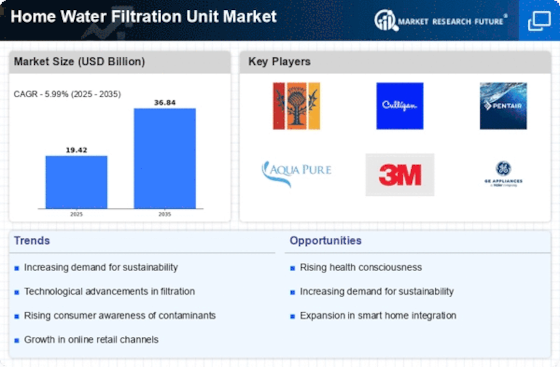
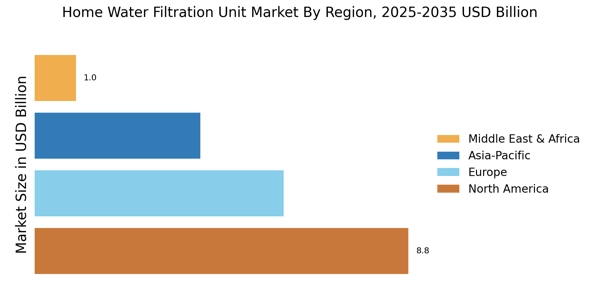

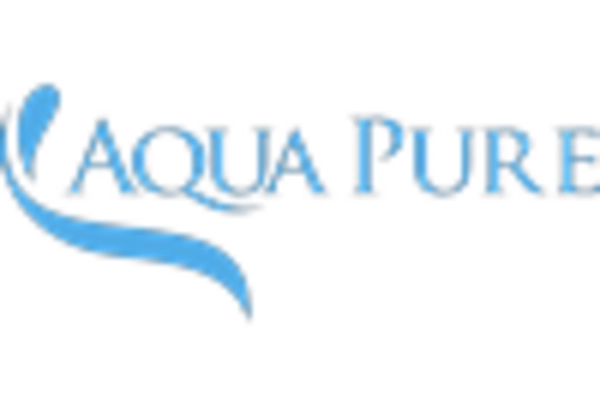

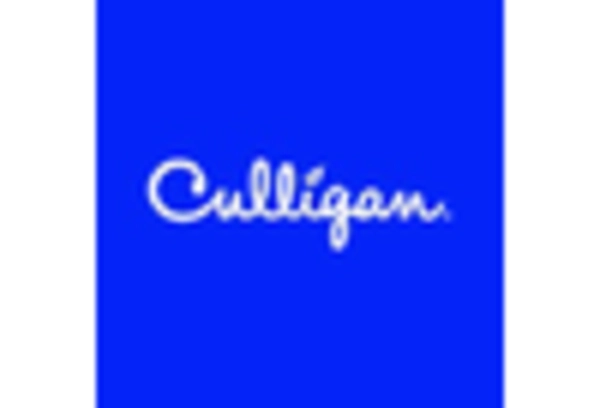
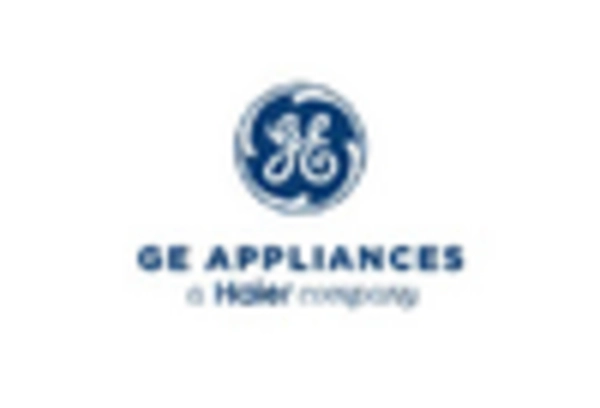
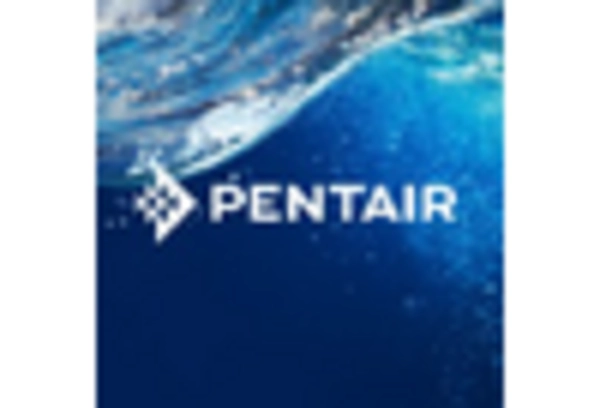








Leave a Comment